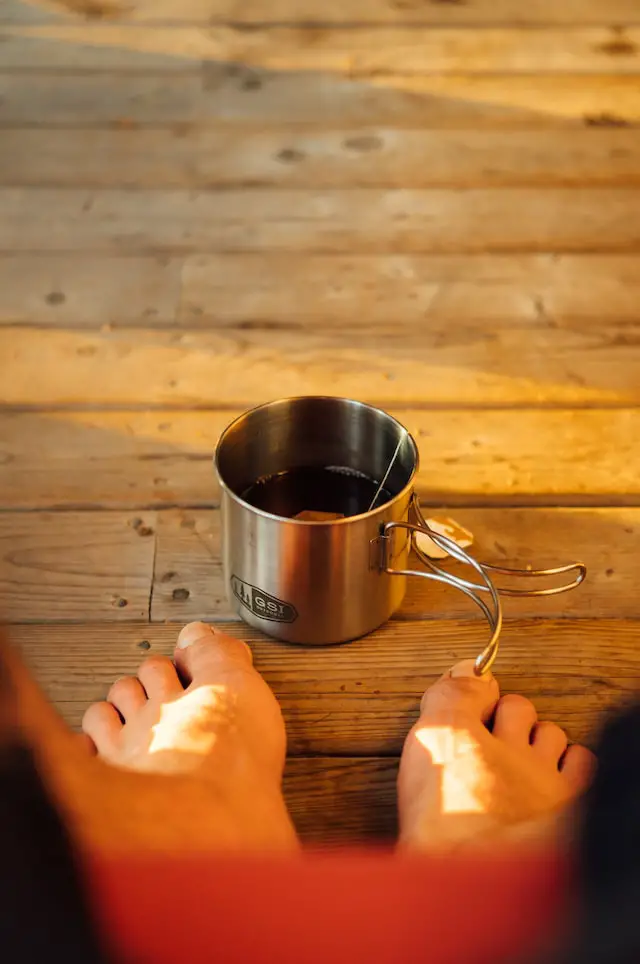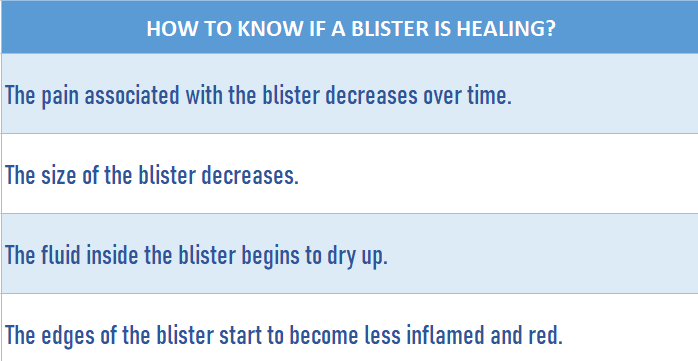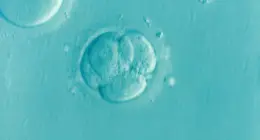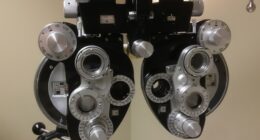Calluses and blisters are both common skin conditions caused by repetitive friction or pressure. The main difference between the two is that calluses form as a means for the body to protect itself from further damage, while blisters are filled with fluid and can be painful. Both can cause discomfort and if not properly cared for, may lead to infection. Proper care of your feet such as wearing proper shoes, avoiding activities that irritate the skin, and regularly moisturizing with lotion will help prevent these issues from occurring in the first place.
What is a callus?
A callus is an area of thickened skin that forms in response to repeated friction or pressure. Calluses can occur on the feet, hands, and anywhere else on the body where repeated rubbing occurs. A callus is not usually painful, but it can become painful if it becomes too thick or if an underlying condition such as bunions or hammertoe is present.
What is a blister?
(samuelemunemu32 on Flickr)
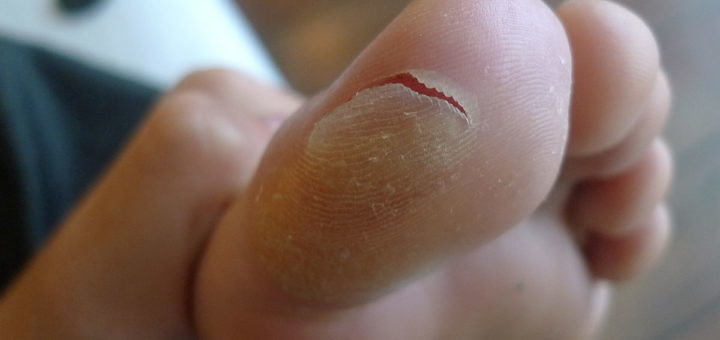
When you get a blister, it means that your skin has been damaged. This could be from friction, burns, or other types of injuries. The area around the blister is usually red and swollen. You may also see some clear fluid inside the blister itself. This is called serum. It’s your body’s way of protecting the area from further damage.
Causes of calluses and blisters
The most common cause is friction. When your skin rubs against something repeatedly, it starts to thicken and form a callus. This is your body’s way of protecting itself from further damage. Sometimes, though, the friction is so great that it actually damages the skin and forms a blister. Blisters are usually filled with clear fluid or blood.
Treatment of calluses and blisters
There are several ways to treat calluses and blisters. For both, it is important to keep the area clean and dry.
Calluses can be treated with over-the-counter medications, such as salicylic acid or lactic acid, which help to soften the skin. There are also various home remedies that can be used, such as soaking the callus in warm water or rubbing it with a pumice stone.
If a blister forms, it is important to not pop it, as this can lead to an infection. Instead, leave the blister intact and allow it to heal on its own. You can use a bandage to protect the blister and help keep it clean. Over-the-counter medications such as ibuprofen can help to reduce pain and inflammation.
Prevention of calluses and blisters
There are several ways to prevent calluses and blisters from forming on your feet. First, make sure you choose the right shoes for your feet. If you have wide feet, avoid shoes that are too narrow. If you have high arches, look for shoes with good arch support. Second, always wear socks with your shoes to protect your skin from friction. Third, use a foot cream or lotion to keep your skin soft and supple. Fourth, use a pumice stone or file to regularly smooth out any rough spots on your feet. By following these simple tips, you can prevent calluses and blisters from forming on your feet.
Do calluses become blisters?
So, what happens when a callus gets wet? In short, nothing good. When calluses get wet, they can swell and become soft, which makes them more susceptible to injury. If you have a callus on your foot and you step on something sharp, you’re more likely to develop a blister than if your skin was healthy and unbroken.
For this reason, it’s important to keep your calluses dry and clean. When they do get wet, be sure to dry them off thoroughly as soon as possible. And if you start to see any redness or inflammation around a callus, it’s best to consult with a doctor or podiatrist to see if you need any treatment.
What does a callus and blisters look like?
A callus is a area of thickened skin that forms in response to friction or pressure. Calluses can occur on the feet, hands, and anywhere else on the body where repeated rubbing or pressure causes irritation. A callus typically appears as a thick, raised, yellowish or brownish area of skin. It may be dry and rough, or soft and spongy.
Blisters, on the other hand, are fluid-filled sacs that form under the skin in response to friction or pressure. Blisters can also occur on the feet, hands, and anywhere else on the body where repeated rubbing or pressure causes irritation. Unlike calluses, blisters are usually filled with clear fluid and are surrounded by red, inflamed skin.
How to treat calluses?
A callus is a buildup of dead skin cells that can form on the hands, feet, and other areas of the body. Calluses are often caused by friction and are most commonly seen on the feet. They can also be caused by certain medical conditions, such as psoriasis.
Calluses typically do not require treatment and will eventually go away on their own. However, if they are causing pain or interfering with activities, there are several ways to remove them.
Soaking the affected area in warm water can help soften the callus and make it easier to remove. Scrubbing the callus with a pumice stone or loofah can also help loosen it. There are also many over-the-counter treatments that can be used to remove calluses, such as salicylic acid or lactic acid pads.
If home treatments are not effective, a doctor may need to remove the callus. This is typically done through a process called debridement, which involves using a sharp instrument to scrape away the dead skin cells. Recovery from debridement is usually quick and uncomplicated.
How do you treat a blister under a callus?
When you have a blister under a callus, it is important to treat it immediately. If the blister is small and not too painful, you can try to puncture it with a sterilized needle and then apply an antibiotic ointment. If the blister is bigger and more painful, you should see a doctor. They will likely prescribe oral antibiotics and give you instructions on how to care for the blister.
Do calluses go away naturally?
There are many ways to remove calluses, but do they go away naturally? Unfortunately, calluses are here to stay unless you take proactive steps to remove them. Calluses are caused by friction and pressure on the skin, so they will typically form in areas where you use your hands and feet the most. Over time, these calluses can become hard and thick, making them difficult to get rid of.
If you’re looking for a natural way to remove calluses, there are a few things you can try. Soaking your hands or feet in warm water can help soften the callus and make it easier to remove. You can also try using a pumice stone or exfoliating scrub to gently slough off the dead skin cells. Be sure to moisturize regularly to keep your skin hydrated and prevent new calluses from forming.
Can you moisturize calluses away?
Unfortunately, no. Calluses are made up of dead skin cells that have been tightly packed together by the body in order to protect the underlying tissue. This means that they cannot be simply moisturized away.
If you’re looking to get rid of calluses, you’ll need to take a more proactive approach. There are a number of ways to remove calluses, including using a pumice stone or filing them down with a emery board. However, it’s important to be careful not to overdo it, as this can damage the healthy skin underneath.
What happens if a callus goes untreated?
If a callus goes untreated, it will continue to grow and eventually become painful. The skin may also crack and bleed. In severe cases, an infection can develop.
How do you make blisters heal faster?
When you have a blister, it is important to protect it from further irritation. You can do this by covering the blister with a bandage or moleskin pad. If the blister is on your foot, make sure to wear shoes that are comfortable and will not rub against the blister.
You can also take steps to reduce the pain and discomfort of blisters. Take ibuprofen or another over-the-counter pain reliever to help with pain and inflammation. You can also put a cold pack on the blister to help reduce swelling. And, lastly, make sure to keep the area clean and dry to prevent infection.
With proper care, most blisters will heal within a few days. However, if you have a large blister or one that is causing severe pain, you should see a doctor. They may need to drain the blister or prescribe medication for an infection.
What is the fluid in a blister?
A blister is a small pocket of fluid that forms on the skin. The fluid is usually clear or slightly yellow, and it can be painful if it rubs against something. Blisters are often caused by friction, burns, or infections.
When to see a doctor for calluses and blisters?
If you have a callus that is causing pain, is growing rapidly, or is discolored, you should see a doctor. The same goes for blisters that are large, painful, or filled with pus. You should also see a doctor if you have diabetes and develop a callus or blister.
Can you pop a callus?
Technically, yes. But it’s not recommended. Popping a callus can cause the underlying tissue to become irritated and inflamed, which can lead to further complications down the road. Plus, it’s just not very pleasant! If you absolutely must get rid of a callus, we recommend seeking professional help from a dermatologist or podiatrist.
Are blisters and corns the same?
Blisters and corns are not the same. Blisters are small pockets of fluid that form on the skin, usually as a result of friction or burning. Corns are small areas of hard, thickened skin that can also be caused by friction. Both can be painful, but blisters are more likely to be filled with pus or blood, while corns are usually just dry and scaly.
Should you cover a blister or let it breathe?
If you have a blister that is causing you pain, you may want to cover it with a bandage. This will help protect the blister and keep it clean. If the blister is not causing you pain, you may want to let it breathe. This will help the blister heal faster.
Featured Image By – Photo by Tim Foster on Unsplash
